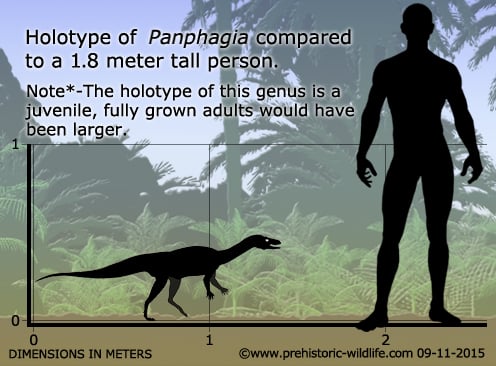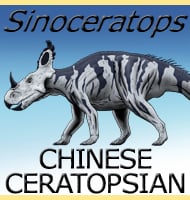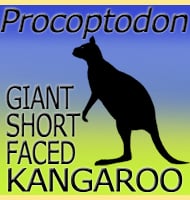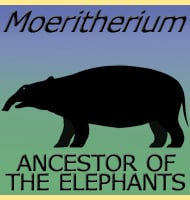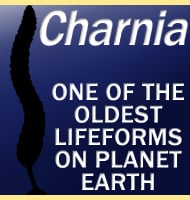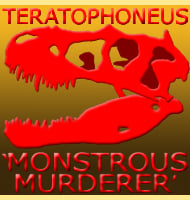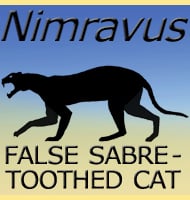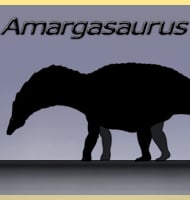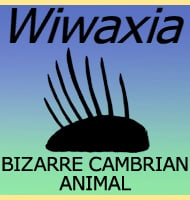In Depth
Panphagia has been popularly perceived to have been an omnivore, an analysis based upon examination of the teeth. This is mainly because the teeth towards the rear of the mouth are broader and leaf shaped, better suited for slicing through plant material. The teeth at the front however are still better for processing meat. Without mixed stomach contains however, the idea of Panphagia being an Omnivore remains speculation, though with that said, it cannot be claimed that Panphagia was either a carnivore or an herbivore. What is known is that the sauropodomorph dinosaurs are the link between early theropod dinosaurs that were meat eaters, and later sauropod dinosaurs that were plant eaters. At some point in sauropodomorph evolution, the sauropodomorphs must have made the switch from a meat exclusive diet to a plant exclusive one, and there is no good reason to assume that Panphagia might not be a representative of this change.
Panphagia is also perceived to have been a primitive sauropodomorph dinosaur that is also noted as being similar to Saturnalia.
Further Reading
- A basal sauropodomorph (Dinosauria: Saurischia) from the Ischigualasto Formation (Triassic, Carnian) and the early evolution of Sauropodomorpha. PLoS ONE 4(2 (e4397)):1-12. - R. N. Mart�nez & O. A. Alcober - 2009.
